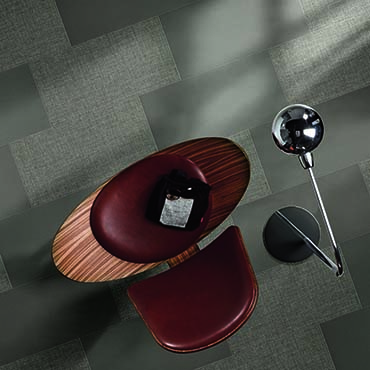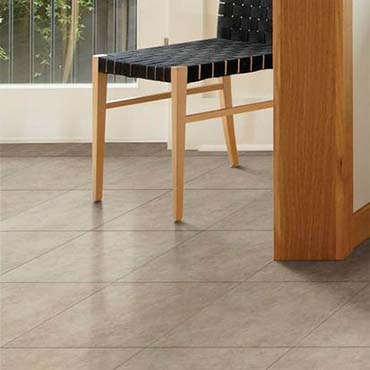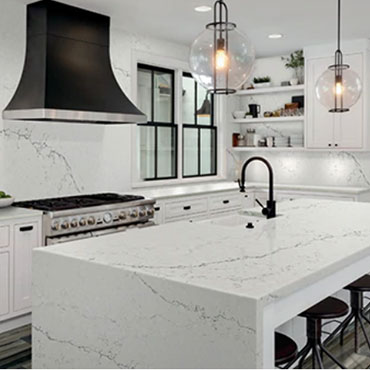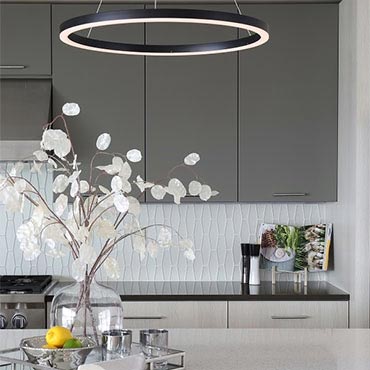Transform any room with DalTile® Floor Tile. Available in porcelain, ceramic, and stone looks, DalTile offers durable, stylish, and easy-to-maintain flooring options perfect for kitchens, bathrooms, living areas, and high-traffic commercial spaces. Learn More
Mosaic Tile (glazed)
Mosaic Tile (glazed) Guide

The Renaissance of Glazed Mosaic Tile Flooring: A Fusion of Durability and Design
The world of architecture and interior design continually evolves, seeking materials that blend aesthetic appeal with functional robustness. Glazed mosaic tile flooring, a material with deep historical roots, has emerged as a significant player in this evolution. Its journey from ancient decorative art to a modern architectural element reflects a remarkable adaptation to contemporary design needs.
Historically, glazed mosaic tiles were synonymous with opulence and artistry, gracing the floors of palaces and places of worship. Today, they have transcended their decorative heritage, becoming a staple in modern architecture and interior design for their versatility, durability, and sustainability.
Defining Glazed and Mosaic in the Realm of Flooring
Glazed mosaic tiles are small, individually crafted pieces, often made of ceramic or glass, coated with a vitreous substance that gives them a distinctive glossy finish. This glazing process not only enhances their aesthetic appeal but also imparts resistance to moisture and stains.
Material Properties and Sustainability: Beyond Aesthetics
Architects and designers often favor glazed mosaic tiles for their resilience. Their resistance to wear, along with low maintenance requirements, make them ideal for various settings. Additionally, the eco-friendly aspects of these tiles cannot be overstated. With advancements in production technology, many glazed mosaic tiles are now made using energy-efficient processes and are completely recyclable, aligning with modern sustainable building practices.
Unleashing Creativity: Design Versatility and Aesthetics
The design versatility of glazed mosaic tiles is unmatched. Available in an array of colors, patterns, sizes, and finishes, they offer designers a playground for creativity. This adaptability enables the integration of these tiles into diverse architectural styles, from minimalist modern to ornate classical designs.
The Edge of Innovation: Technological Advancements
Technological innovations in the manufacturing of glazed mosaic tiles have opened new horizons in customizability and design. Digital printing techniques and improved glazing methods have expanded the palette of textures and designs, allowing for more personalized and unique installations.
From Floors to More: Application Diversity
Glazed mosaic tiles have found applications beyond traditional flooring. They are now a popular choice for walls, ceilings, and even exterior surfaces. Innovative projects around the globe showcase their versatility, ranging from intricate patterns in boutique hotels to bold designs in corporate buildings.
Functionality Meets Style: Performance and Suitability
In functional terms, glazed mosaic tiles excel. Their water resistance makes them ideal for bathrooms and kitchens, while their hygienic properties are prized in healthcare facilities. Their suitability for high-traffic areas is especially relevant in commercial spaces, offering both durability and aesthetic appeal.
Eco-Conscious Choices: Sustainability and Environmental Impact
Sustainability in building materials is more than a trend; it's a necessity. Glazed mosaic tiles contribute positively in this regard. Their production often adheres to environmental standards, and many products are geared towards helping buildings achieve LEED certification. Their long lifespan and recyclability further underscore their eco-friendliness.
A Nod to Tradition: Cultural and Artistic Significance
The cultural significance of glazed mosaic tiles cannot be overlooked. They hold a special place in various cultures, embodying artistic traditions. Contemporary designers are increasingly using these tiles to create spaces that harmoniously blend traditional motifs with modern design principles.
Economic Sense: Cost-Effectiveness and Long-Term Value
While the initial cost of glazed mosaic tiles might be higher compared to other materials, their long-term value is unparalleled. Their durability and timeless appeal often make them a more cost-effective choice in the long run, especially when compared to materials that require frequent replacement or maintenance.
Conclusion: Paving the Future with Glazed Mosaic Tiles
Glazed mosaic tile flooring is not just a link to our artistic past but a bridge to future design innovations. Its combination of aesthetic flexibility, durability, and sustainability makes it an invaluable resource for architects, interior designers, and facility managers. As we look towards a future where design and functionality converge with environmental responsibility, glazed mosaic tiles stand out as a material that can meet these diverse needs. We encourage professionals in the field to continue exploring the potential of these versatile tiles in shaping the architectural and interior landscapes of tomorrow.
Disclaimer: The information provided in this article is for general informational purposes only. While we strive to ensure the accuracy and reliability of the information presented, we make no warranties, express or implied, about the completeness, accuracy, reliability, suitability, or availability with respect to the content. Any reliance you place on such information is strictly at your own risk. We recommend consulting with professionals for specific advice tailored to your project’s needs, particularly regarding building codes, regulations, and product specifications.
Under no circumstances shall we be liable for any loss or damage, including without limitation, indirect or consequential loss or damage, arising from the use of, or reliance on, the information provided in this article.
Featured Brands
The Best 7 Mosaic Tile (glazed) Brands

Daltile® Floor Tile
Profile | Website | Install | MaintainTransform any room with DalTile® Floor Tile. Available in porcelain, ceramic, and stone looks, DalTile offers durable, stylish, and easy-to-maintain flooring options perfect for kitchens, bathrooms, living areas, and high-traffic commercial spaces. Learn More

American Olean® Tile
Profile | Website | Warranty | GreenHome is where the heart is, and American Olean is the trusted choice for residential projects. With countless, on-trend design options, the versatility and durability of American Olean tile make it easy to produce stylish, modern designs anywhere in your home. Learn More

DalTile® Countertops
Profile | Website | Install | Maintain | BlogUpgrade your kitchen or bath with DalTile® Countertops. Choose from quartz, granite, and porcelain surfaces that offer stunning style, lasting durability, and easy maintenance—perfect for modern designs and timeless spaces alike. Learn More

Arizona Tile Flooring
Profile | Website | Video | Maintain | FAQs | Blog | GreenSince 1977, Arizona Tile has searched the globe in pursuit of truly extraordinary surfaces. Whether you are building your dream kitchen, renovating an older space, or planning the addition of an outdoor living area, we have a wide range of materials to suit your specific design plans. Learn More

Vitromex® Tile
Profile | WebsiteVitromex® is a mexican company that belongs to the Grupo Industrial Saltillo. Since its foundation in 1967 we manufacture ceramic coverings for floor tiles and wall tiles, as well as sanitary-ware with the highest quality standards. Learn More

Original Style Tile
Profile | WebsiteOur company is one of Britain’s largest tile manufacturers, our products are available in over 55 countries and over 2000 quality retail shops worldwide. Original Style tiles have been used in such wide-ranging projects as Hollywood film star homes, Arabian mosques, from English country pubs to international opera houses. Learn More

Sonoma Tilemakers
Profile | WebsiteOur rich textures, hand carved designs and fabulous color palette offer limitless design options. Learn More
Mosaic Tile (glazed) News
Latest Mosaic Tile (glazed) News
Mosaic Tile (glazed)...Glazed Mosaic Tile: A Timeless Choice for Modern Design In the realm of interior design, materials often come and go, but some, like glazed mosaic tile, stand the test of time. From their humble beginnings as functional elements in ancient Mesopotamian temples to becoming a staple in contemporary design, glazed mosaic tiles have evolved significantly. Today, they are not just a... |







